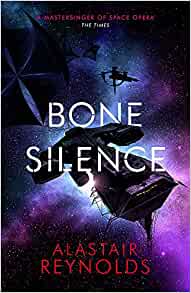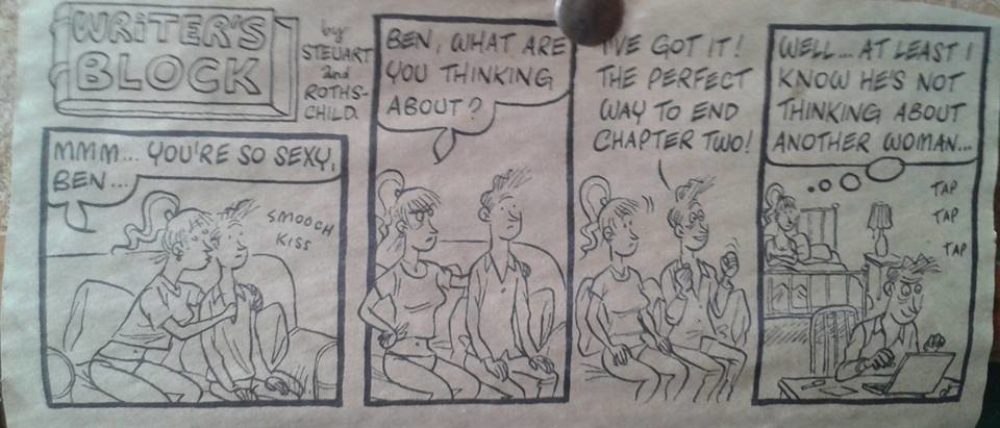 Bone Silence (2020)
Bone Silence (2020)
Alastair Reynolds
Gollancz
“We’ve only adopted piracy as a temporary measure, not a business for life.”
Such is the story of the Ness sisters’ life across the three volumes of this series: Revenger, Shadow Captain and now the conclusion here. They have accidentally become notorious pirates, inheriting the ship and reputation of Bosa Sennen, the worst pirate of them all, and in the process become just a little bit like her. Reynolds is very good at portraying extreme evil by only showing the periphery and letting our imaginations fill in the middle. The spirit of Bosa lives on in the sisters and continues to shows occasional flashes, barely tempered by their innate humanity.
Worse, they find themselves quite good at it, and if the solar system isn’t prepared to offer them the benefit of the doubt then they see no reason to claim it.
The three books make what is technically known as a cracking read: a very far future solar system of sunjammers navigating their way between habitats on the solar wind, mostly governed by Einsteinian physics, laced with just enough alien technology for a bit of mystery and the whole suffused with slowburning deep-time awe and wonder. This third book manages to round the series off in grand style worthy of its predecessors, exactly as you would hope. Paradoxically, though, where it has weaknesses they are weaker than in either of the previous two.
The book opens right in media res, with far less explanation than before of what’s going on. The opening chapters revolve around the sisters’ need to acquire a skull. If you don’t know that this is an alien skull enabling instantaneous ansible-like telepathic communication, there’s precious few clues and readers may struggle catching up. Likewise the whole background of Bosa Sennen and why so many people are after the sisters.
The Revenger books are shorter than many of Reynolds’ earlier works, but this is still the first time I’ve wished he had been a bit more tightly edited. Reynolds at his best has an evocative poetic style. On one page we read: ‘The sisters moved around [the skull] in circling opposition, two planets on either side of a bone-made star’. And yet on the same page there is the utterly mundane, and utterly superfluous, ‘Bone rooms were always lit by electrical or gas appliances.’
Previously he has given his characters’ speech patterns a certain floridness that matches the mental image of eighteenth century Caribbean pirates that he is trying successfully to produce in our heads. In this case, however, floridness has given way to simple verbosity. These characters talk, at length, long past the point where the reader has got it and wants to progress with the story.
Yet, the story is told with the tension as tight as a sail riding the wind of a solar flare, with moments of humour and horror and breath-taking fear. Reynolds wisely separates the sisters for most of the book, giving us two parallel plot lines that still work together to tell the story to the reader. For a good third of the tale, one sister is caught up in the inexorable kind of chase that you could only get with sailing ships, where you’re doing four knots and your enemy four and a half, so you know that battle must come and all you can do is plan for it. But despite that sister’s scenes all being stuck on one ship, Reynolds keeps the story and suspense going throughout this long chase.
Then, with the sisters back together, Reynolds does what he loves doing: having established exactly what is going on, he completely turns the tables so that nothing can ever be the same again. He’s done it at the end of each book, every time making the change even more irreversible, and this one is the grand culmination of the series.
